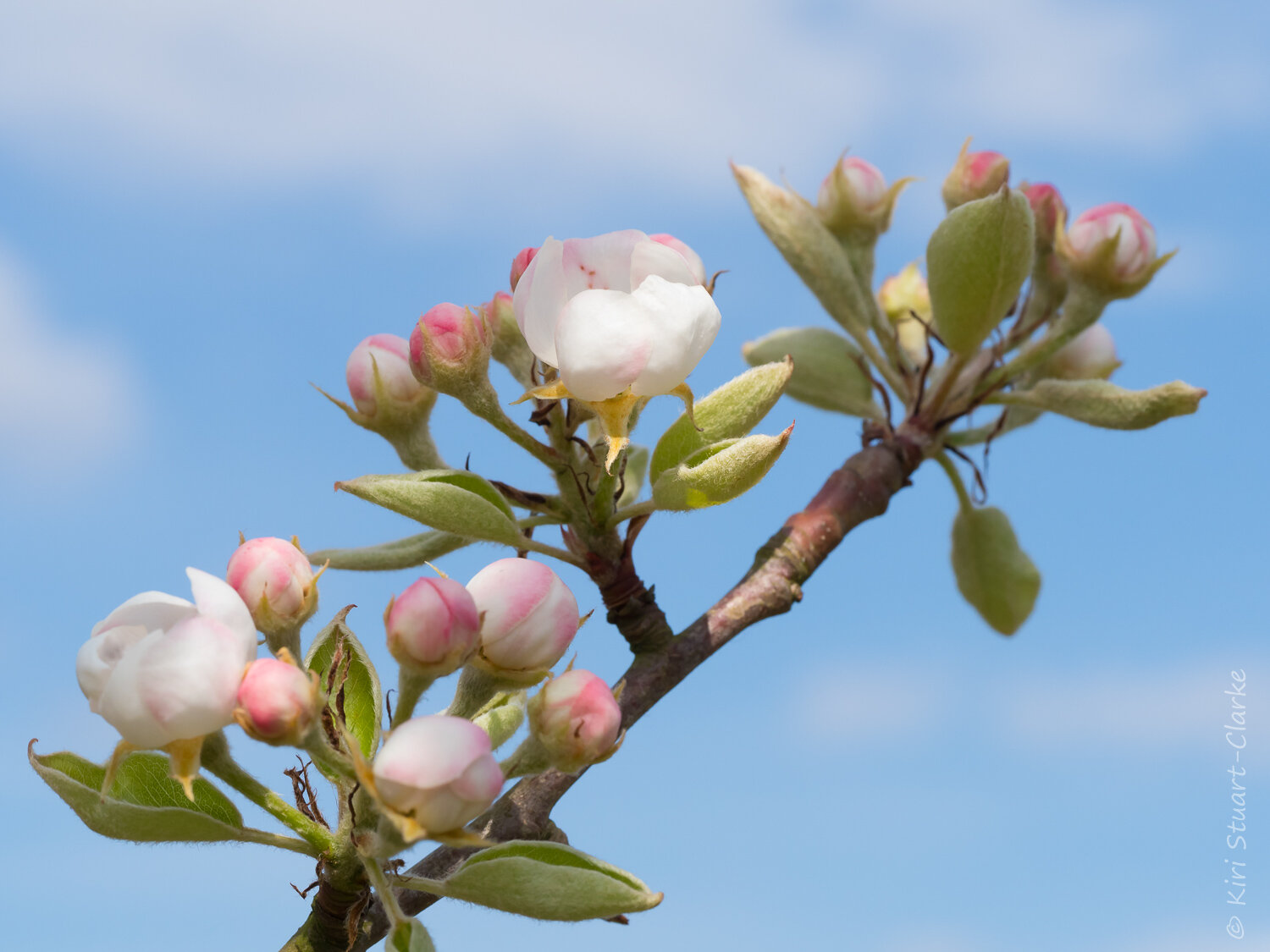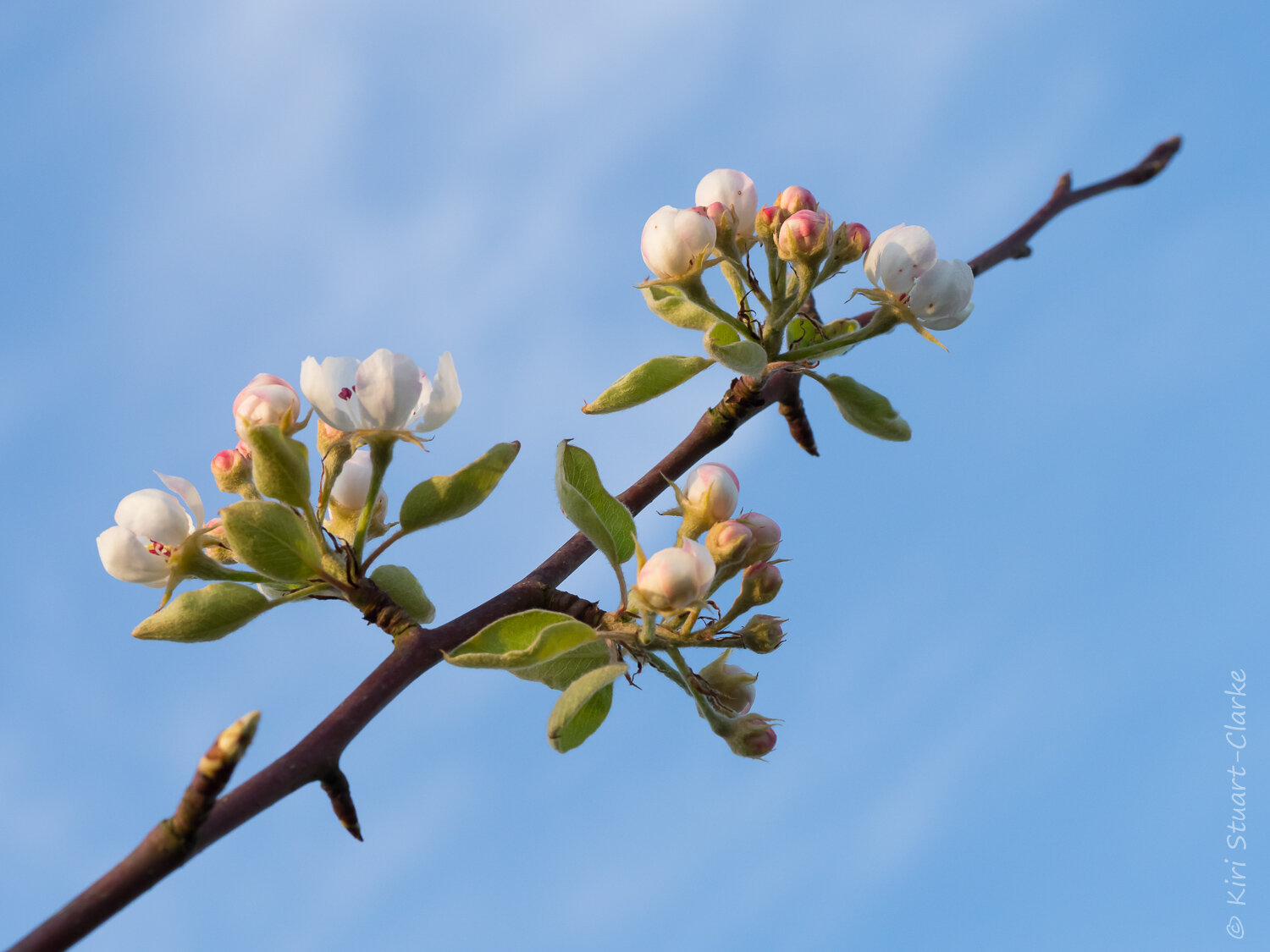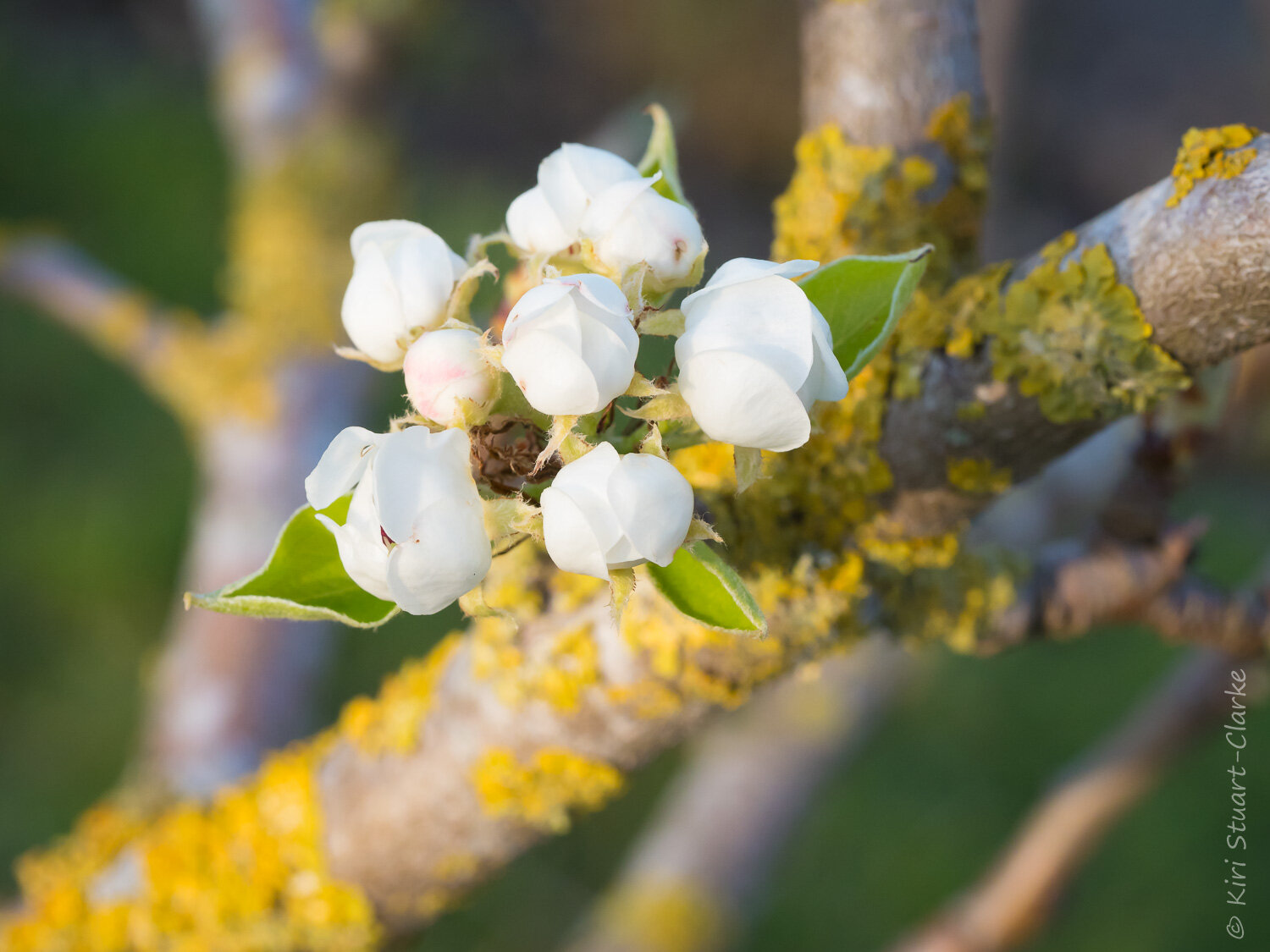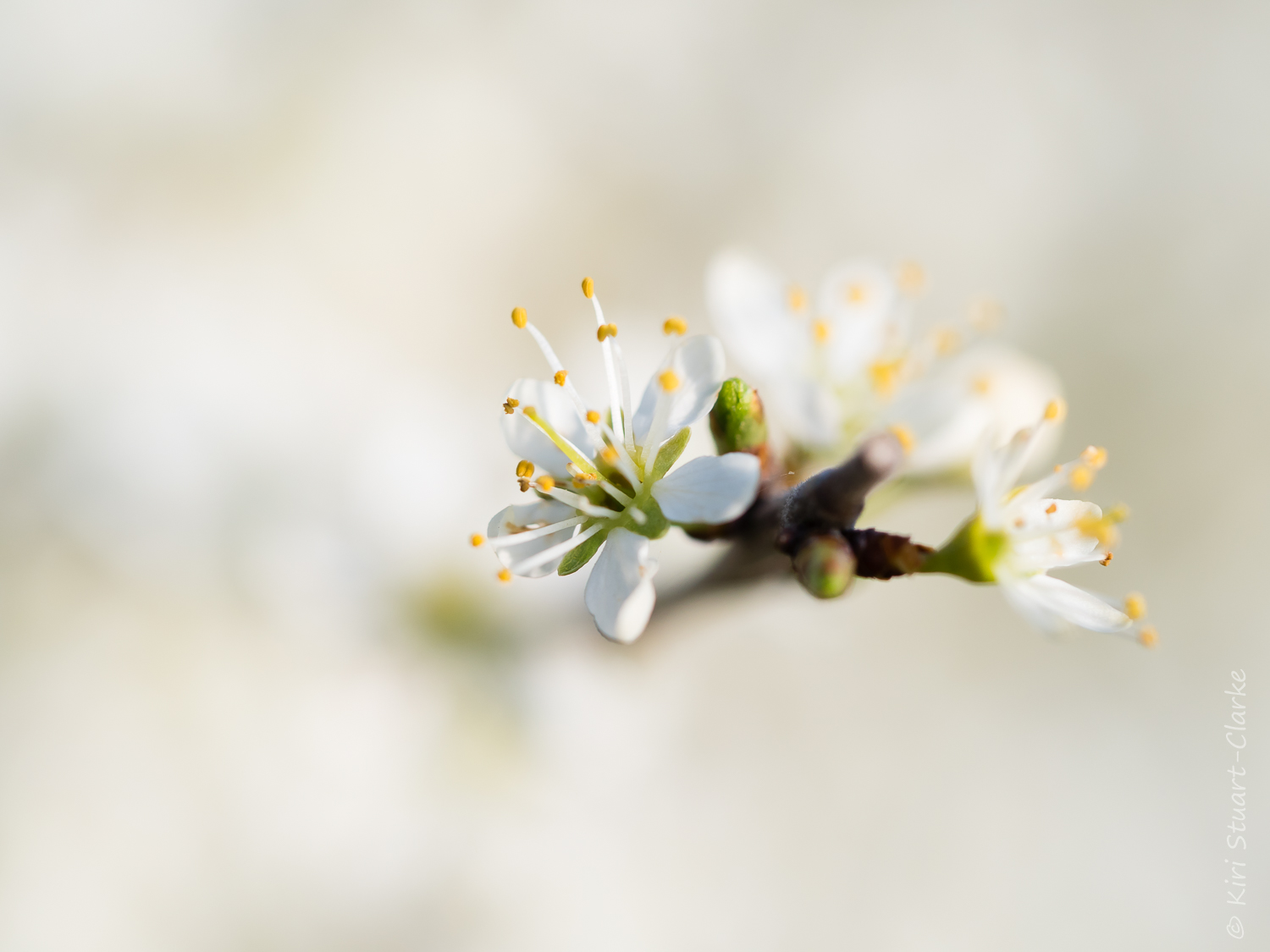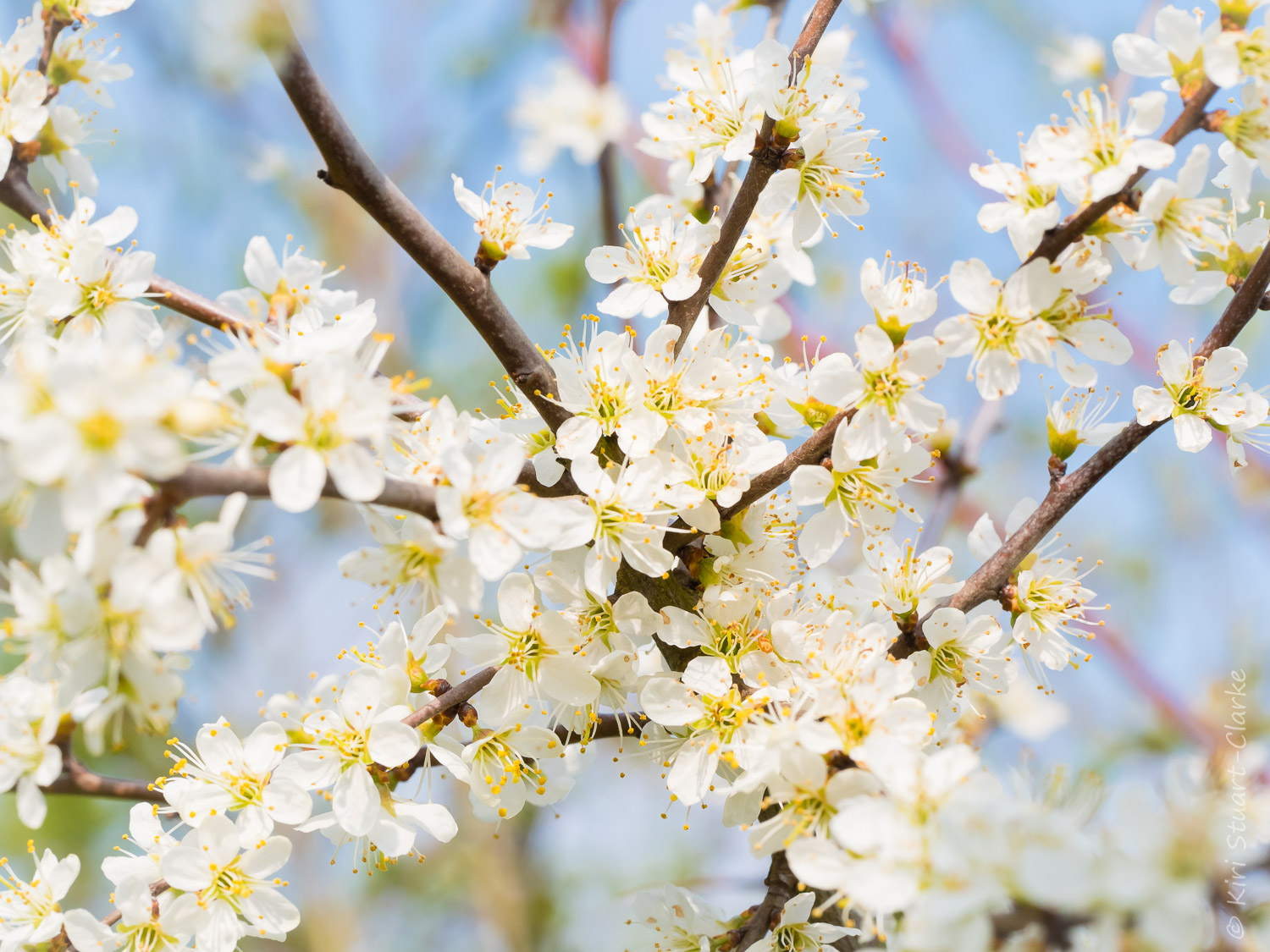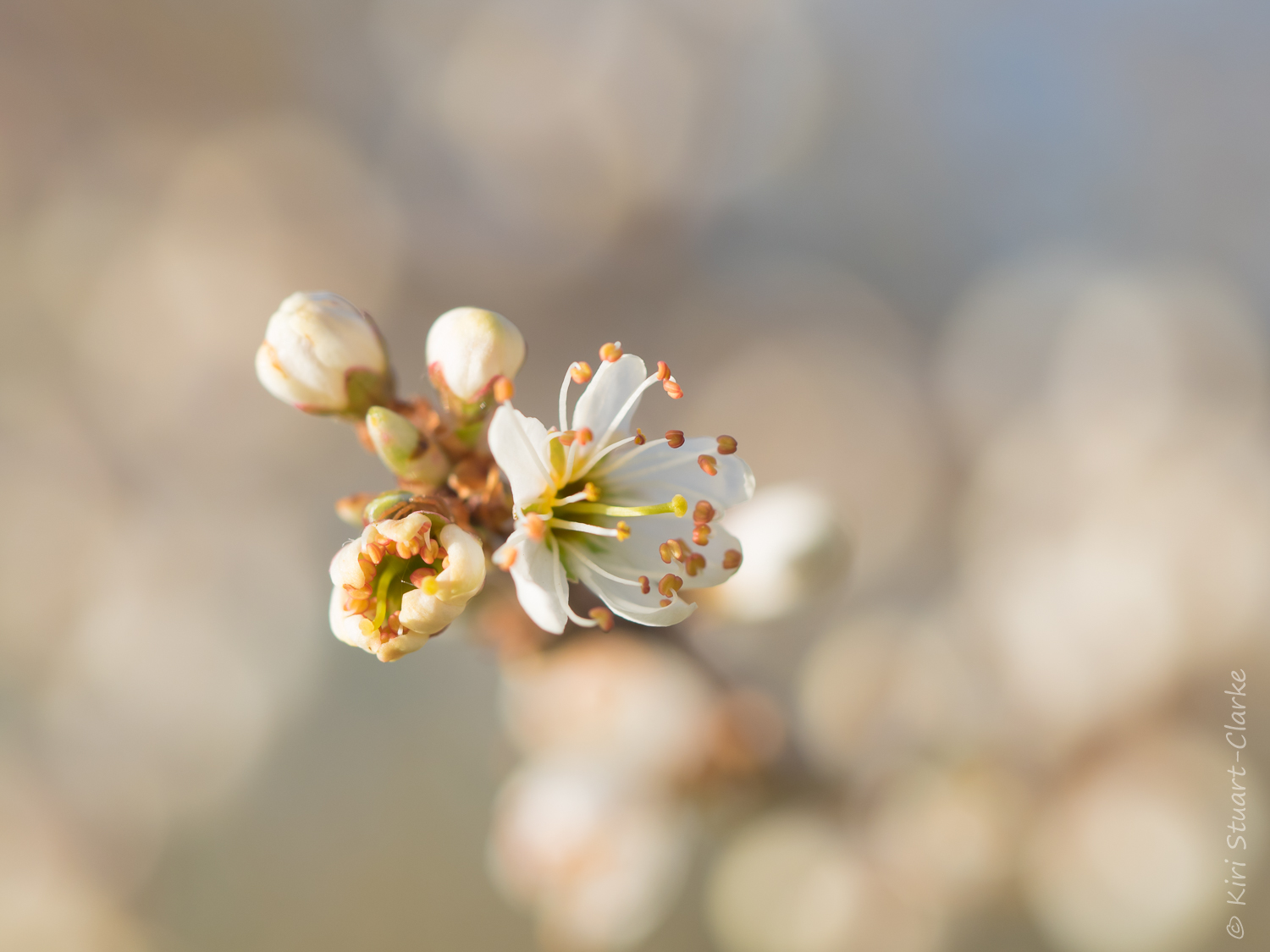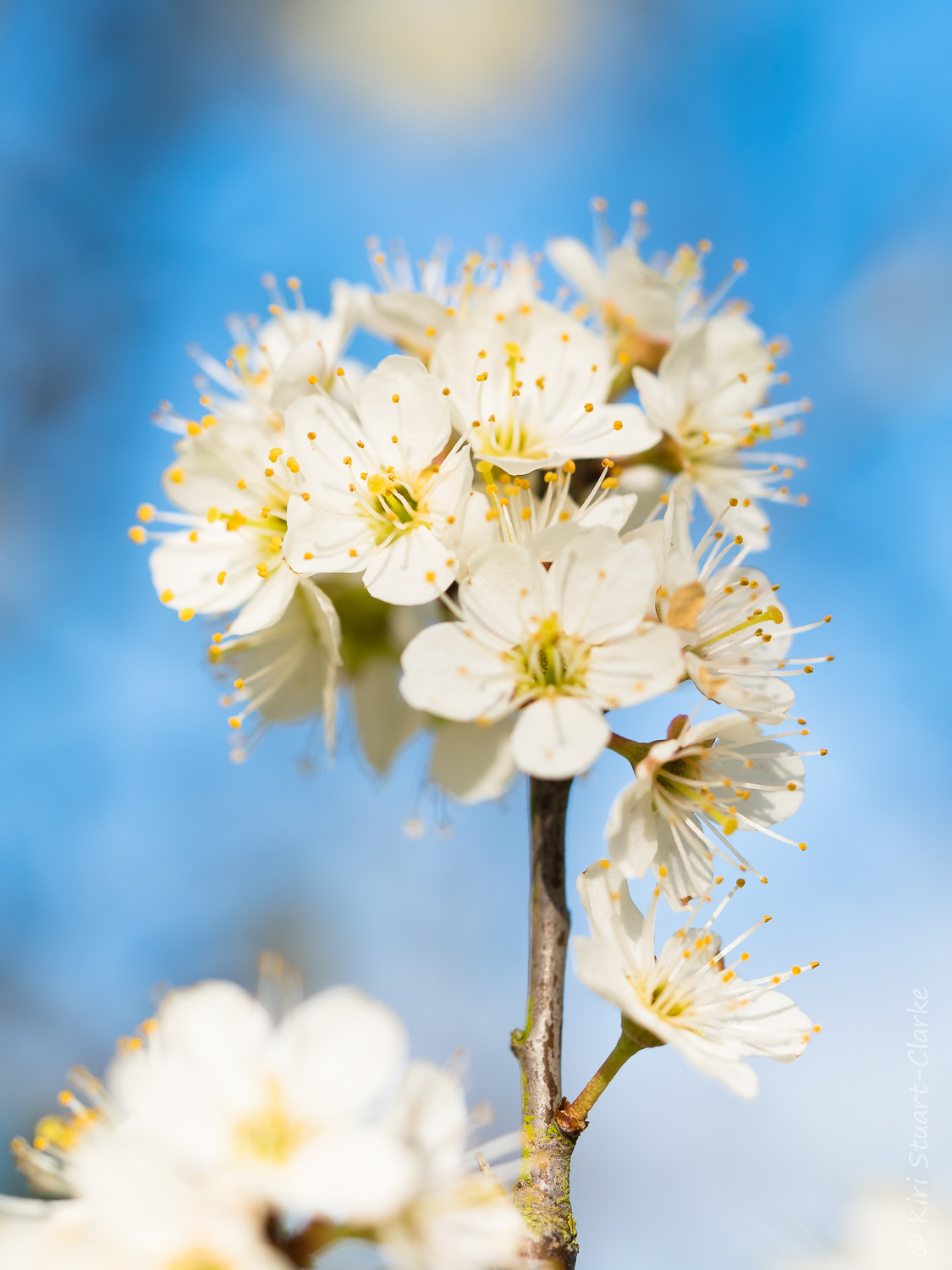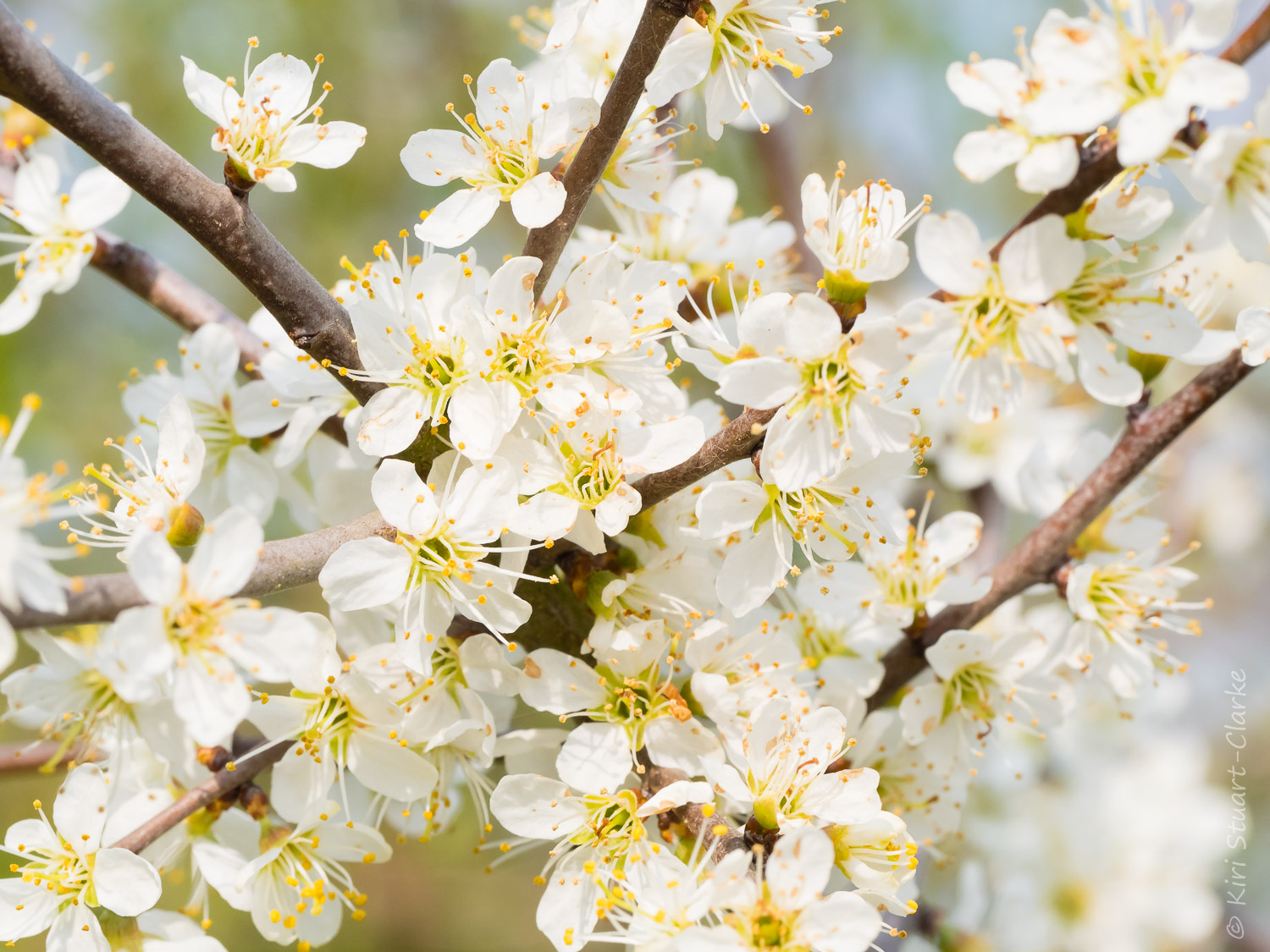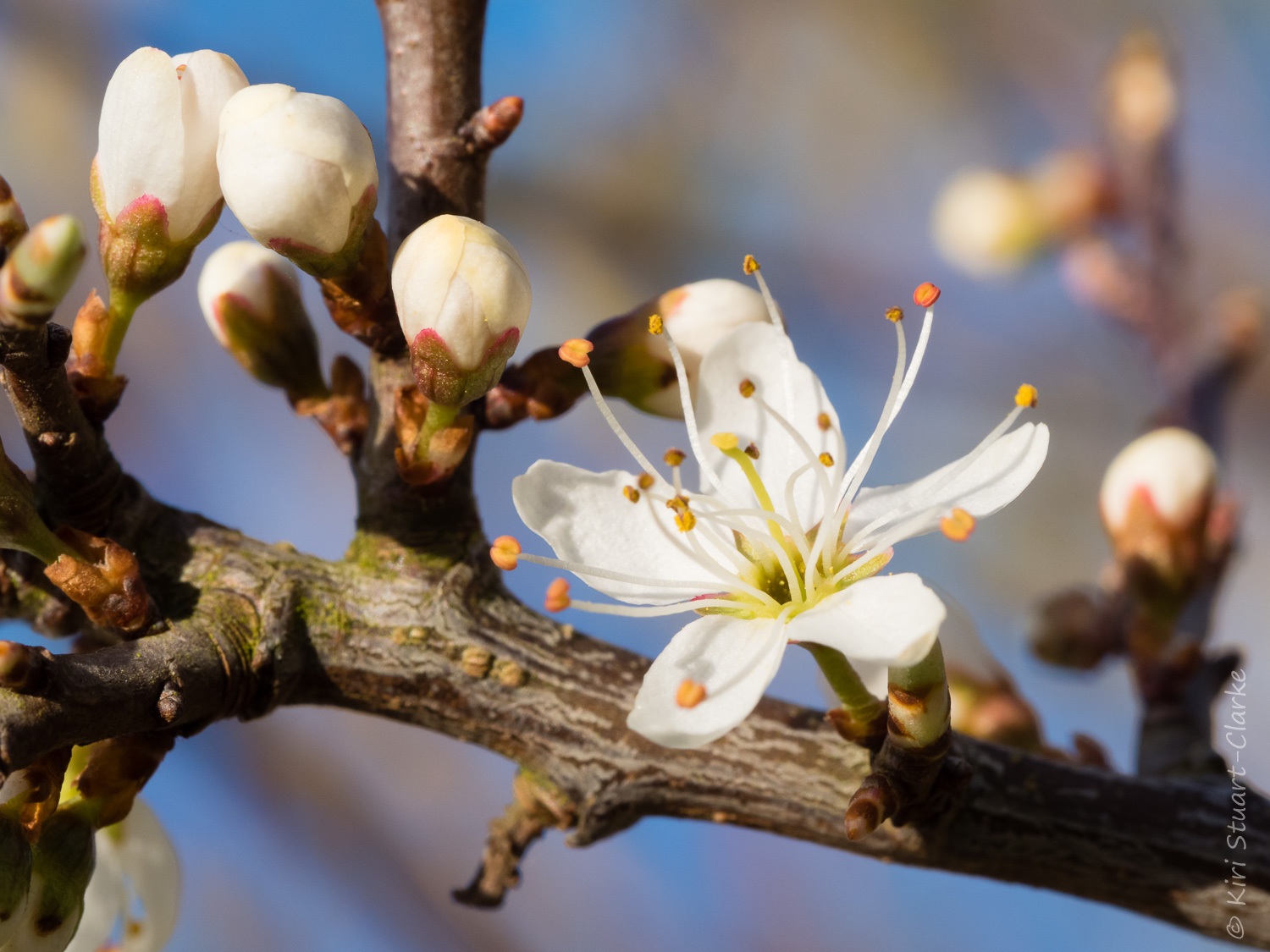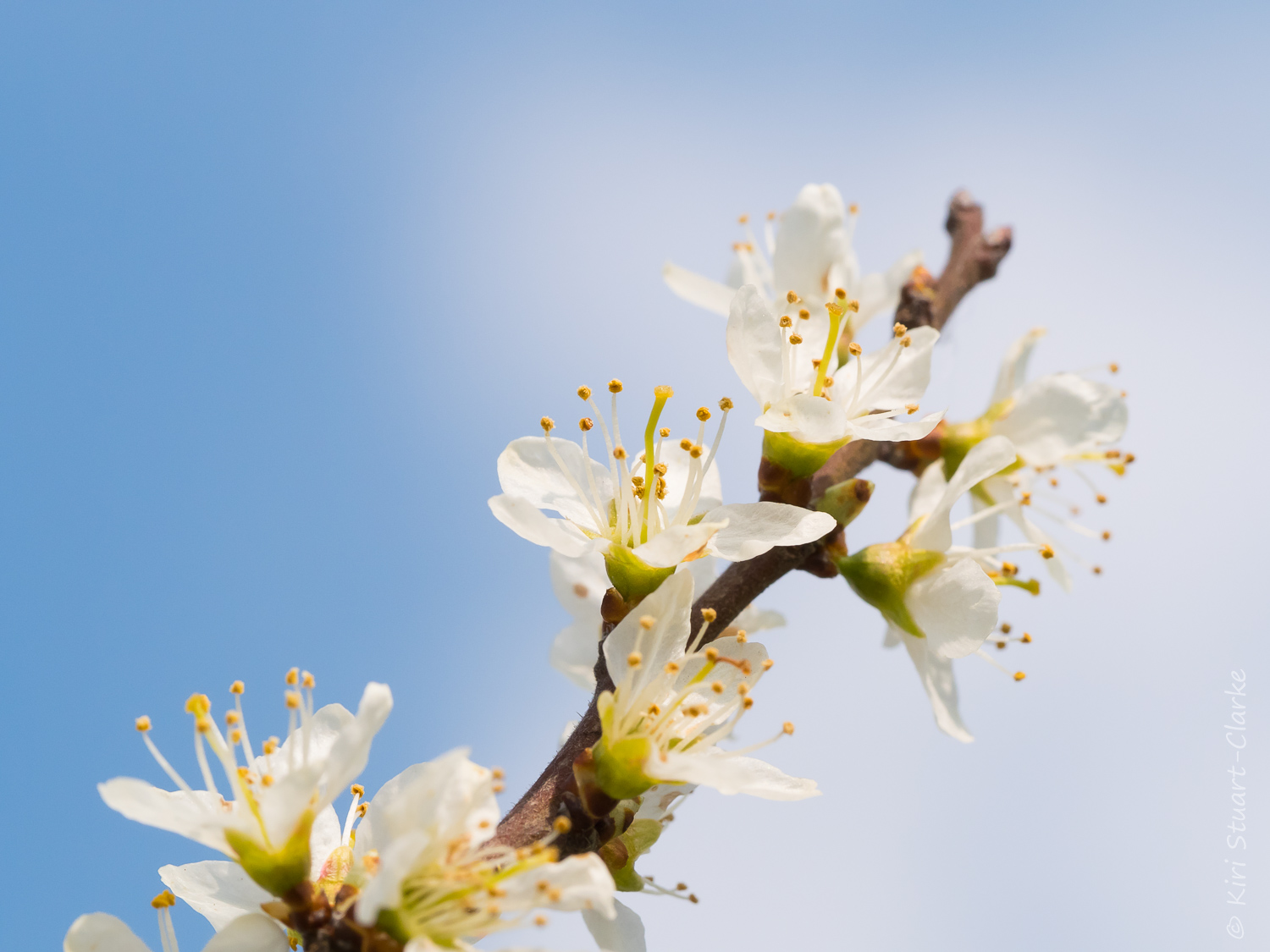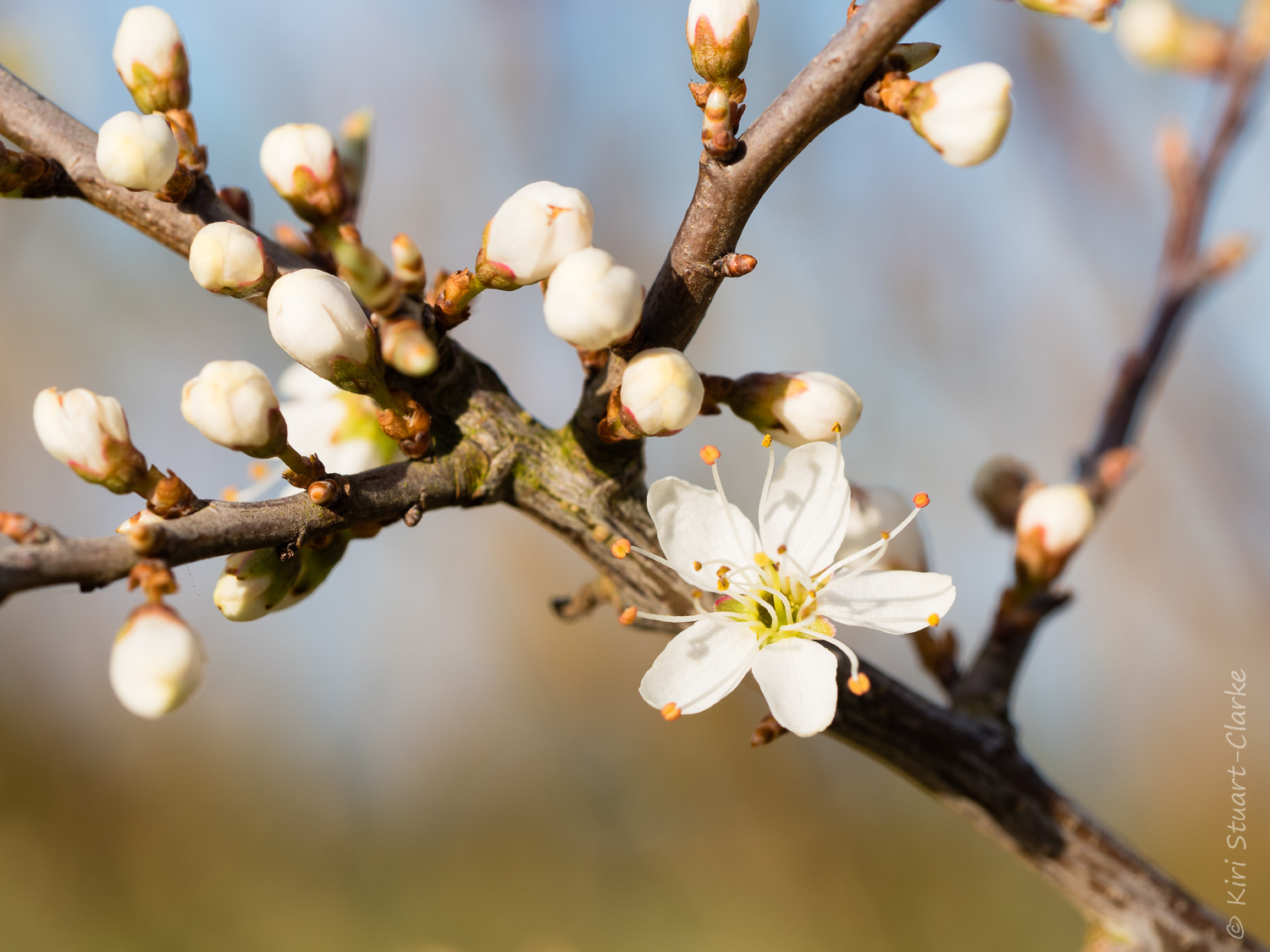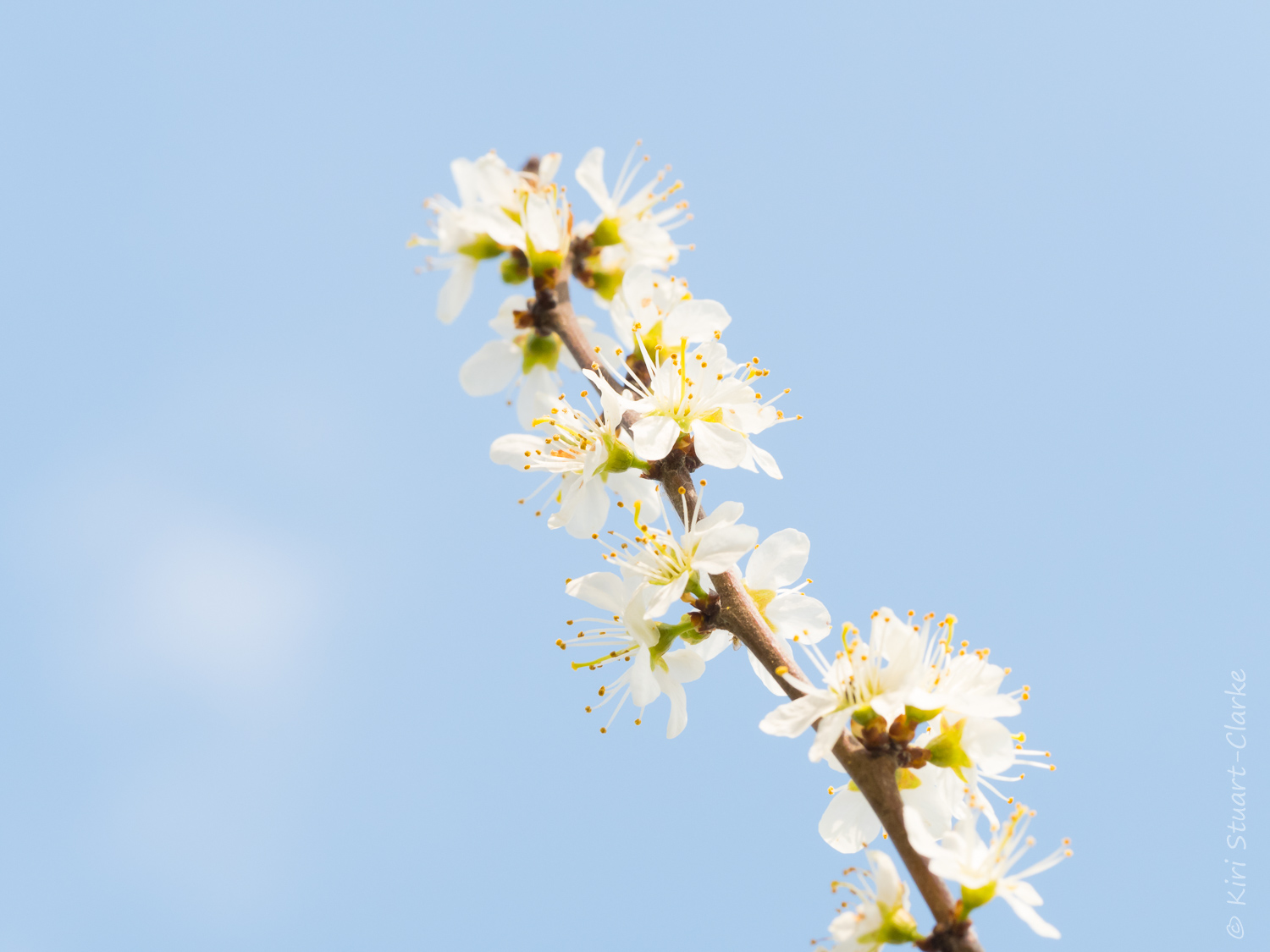Every year I wonder when and which butterfly species will be my first sighting of the year. Often its a “classic” springtime butterfly like a Brimstone or an Orange tip butterfly, but this year it was actually a Nymph family butterfly instead.
Out of nowhere on the 17th March, a Small Tortoiseshell appeared, it landed, pausing briefly to bask on some bare earth, only just long enough for an ID then darted off in the stiff breeze.
The sighting was so fleeting, however, that it was only really when I caught sight of this Peacock butterfly, Aglais io, a week later, with is vivid diversionary eyespots, frantically nectaring on newly opened blossom on the still leafless Blackthorn branches several days in a row in my native hedgerow that I really felt that spring was finally on its way and warmer days were not too far off.
It was also a timely reminder of just how vital a habitat a mixed native hedgerow is for our early pollinators. Blackthorn, Prunus spinosa, and other early flowering Prunus species for example are particularly important both for newly emerging butterflies, bees and hoverflies as well as acting as caterpillar hosts once their leaves burst and eggs hatch.
Its often overlooked in favour of exotic non native evergreens or plain old fencing, but by the time its warm enough to spend any time in the garden my native hedge is so thick my garden’s totally private. Hopefully as wildlife gardening becomes more popular and awareness of just how bad things are for insects and the remaining wildlife that depends on them, the popularity of mixed native hedging will start to increase.
At last, it is spring!



